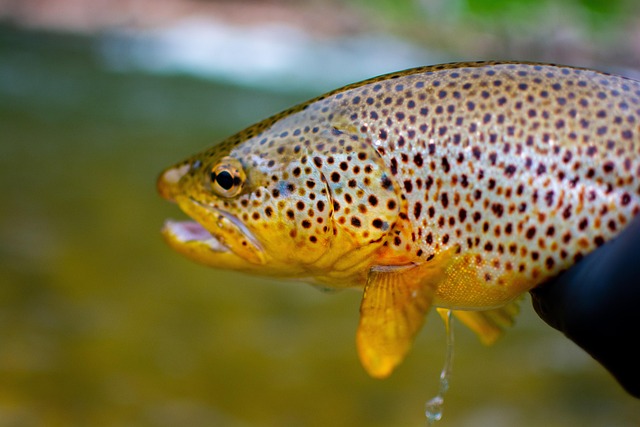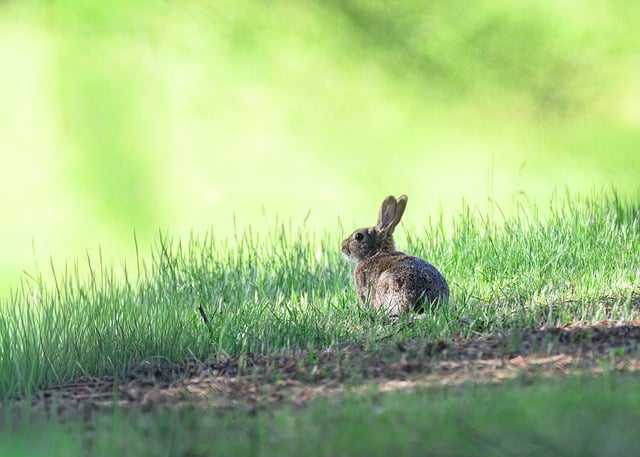
“Mastering Trout Fishing: Tips and Tricks for Landing the Big One!”
Understanding Trout Behavior and Habitat
Trout fishing is more than just casting a line—it’s about immersing yourself in the serene beauty of nature and understanding the habits of one of freshwater’s most elusive species. These fish thrive in clear, cold waters often found in mountain streams and pristine lakes. Knowing where trout hide during different seasons can significantly increase your chances of a successful catch. Look for rocky bottoms, shaded areas, and spots with plenty of insect activity, as these are prime trout habitats.
Choosing the Right Gear
Your success in trout fishing often hinges on the gear you choose. Lightweight rods with sensitive tips are ideal, allowing you to feel the subtle bites that trout are known for. When it comes to lines, a thin, clear monofilament or fluorocarbon line will help avoid spooking wary trout. Don’t forget to bring a variety of hooks and lures—spinners, flies, and small jigs all mimic the insects and baitfish trout feed on. Remember, matching your lure to the natural food source in the water is key.
Mastering Fishing Techniques
Patience and finesse are your best friends in trout fishing. Techniques like fly fishing require practice and precision, but they can be incredibly rewarding. When casting, aim for spots near overhanging branches, submerged logs, or eddies where trout like to rest. Experiment with different retrieval speeds and styles to see what triggers bites. Also, keep in mind that trout are often more active during the early morning or late evening, so plan your trips accordingly.
Reading the Water and Weather
The conditions of the water and weather play a significant role in trout fishing success. After rains or during windy days, trout may change their feeding patterns. Overcast skies can make trout feel more secure, increasing their chances of biting. Learn to read the water currents and look for signs like ripples or surface disturbances, which can indicate feeding activity beneath.
Ethical Fishing Practices
Preserving the trout population and natural habitats ensures that the thrill of trout fishing can be enjoyed for generations to come. Practice catch and release when possible, using barbless hooks to minimize harm. Handle fish gently and as briefly as possible before letting them go. Always adhere to local fishing regulations and respect the environment—leave no trace to maintain the beauty and balance of these fishing spots.
Final Thoughts
Trout fishing offers a unique blend of challenge, relaxation, and connection to nature. By understanding trout habits, choosing the right gear, refining your techniques, and respecting the environment, you’re well on your way to landing the big one. So pack your gear, head to your favorite stream or lake, and embrace the peaceful joy that trout fishing brings.

